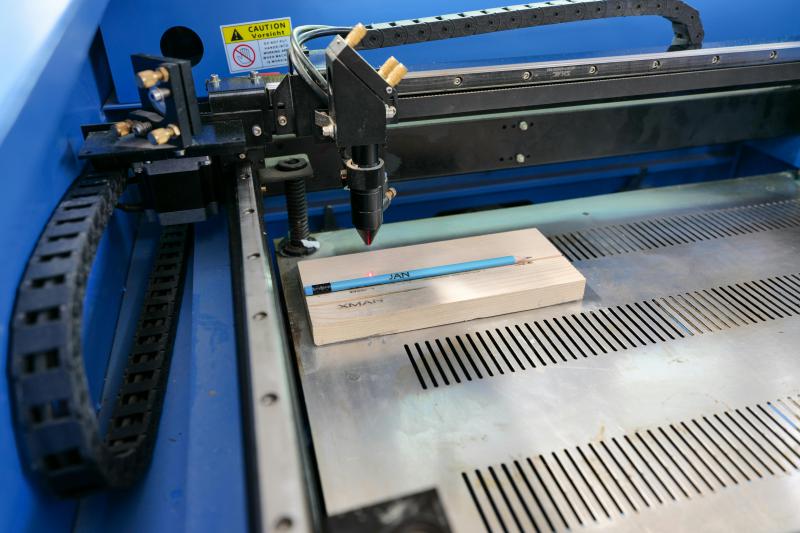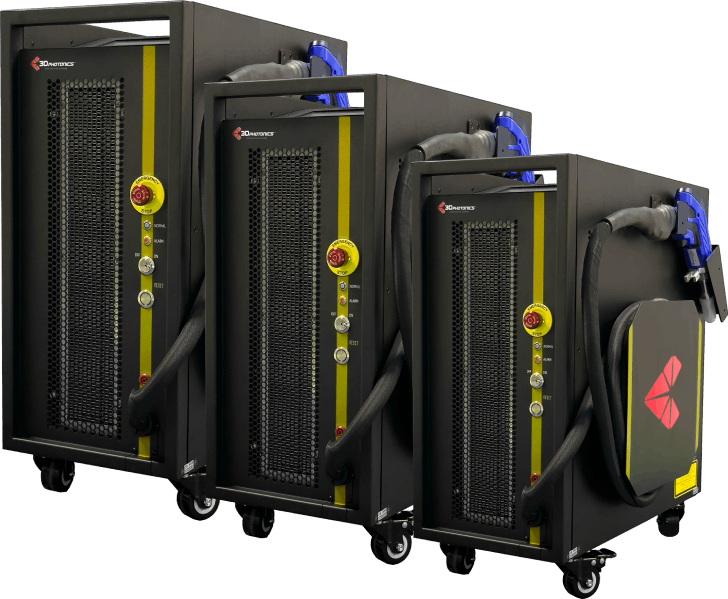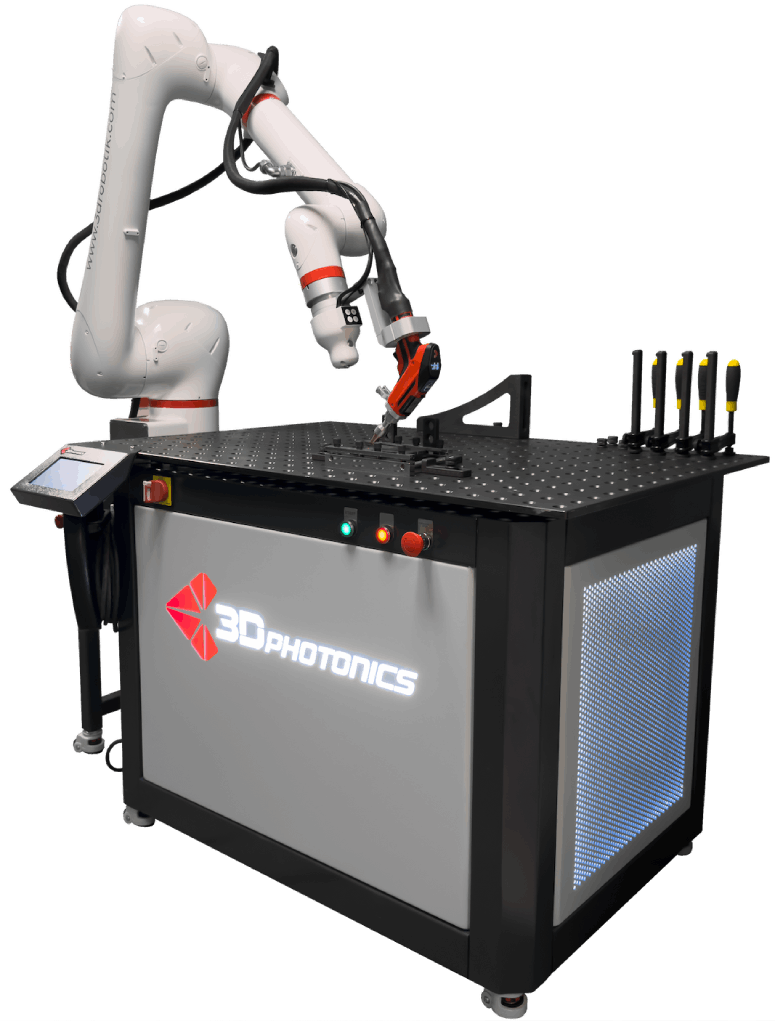
Laser marking is one of the most effective technologies in modern manufacturing, offering durability, precision, and speed in a single solution. But what exactly is laser marking, how does it work, and why is it so essential? Let’s explore in detail.
What Is Laser Marking?
Laser marking uses a high-intensity laser beam to engrave permanent markings or data on a material's surface. It enables precise marking of text, barcodes, logos, serial numbers, or QR codes quickly and accurately.
Advantages of Laser Marking
- Durability: Resistant to chemicals, abrasion, and time.
- Non-contact: No damage to the material surface.
- High-speed: Ideal for mass production.
- Eco-friendly: No ink, solvents, or chemicals needed.
- Versatile: Suitable for metals, plastics, glass, ceramics, and more.
Types of Laser Marking
| Type | Applications | Key Features |
|---|---|---|
| Fiber Laser | Metal, plastic | High speed, low maintenance |
| CO2 Laser | Wood, leather, glass | Effective on large surfaces |
| UV Laser | Electronics, sensitive parts | Low heat, high precision |
Industries Using Laser Marking
1. Automotive
Used for traceability, serial numbers, and safety codes on parts.
2. Electronics
Marking circuit boards, QR codes, and micro-marking components.
3. Medical Devices
Marking sterilizable tools and components with high clarity.
4. Jewelry and Watches
Brand logos, serials, and custom engravings.
5. Packaging & Food
Expiration dates, batch numbers, and production data.
Laser Marking vs Laser Welding
Though both use laser technology, their purposes differ:
- Laser welding joins materials together.
- Laser marking inscribes data or visuals on the surface.
Conclusion
Laser marking offers a fast, permanent, and eco-friendly way to track and identify products. It enhances traceability and improves branding. By selecting the right laser marking equipment, you can optimize your production and stand out in competitive markets.
Frequently Asked Questions
What materials can be marked with a laser?
Laser marking works on metal, plastic, glass, wood, ceramics, and more.
Are laser markings permanent?
Yes, they are resistant to chemicals, water, and abrasion.
Is laser marking harmful to health?
When proper safety precautions are followed, it is safe for industrial use.
Are portable laser markers available?
Yes, compact and mobile laser marking systems are widely available.
How long does the marking process take?
It usually takes a few seconds, depending on material and content.
- Is Micron-Level Processing Possible with Lasers? How It's Achieved
- Recent Developments in Fiber Laser Technology
- 5 Key Factors That Define Quality in Optical Systems
- What Is Laser Marking? Permanent and Reliable Traceability Solutions
- Using Spectrometers in Industrial Applications
- Laser Cutting vs CNC: A Comparative Guide
- Optical Solutions in 3D Manufacturing: The Power of Precision
- The Role of Laser in the Defense Industry: Next-Generation Security Technologies
- What Are Optical Filters Used For? The Impact of Right Selection on Production
- FABTECH Chicago, September 8-11, 2025
- 3D Photonics at FABTECH 2024: Showcasing Advanced Laser Technologies for Industrial Applications
- 3D Photonics Showcases Innovative Laser Solutions at EUROBLECH 2024
- What is Photonics?
- Robot Investments Summit | 20-23 December | Istanbul
- 16. Blechexpo | 7 - 10 November | Messe Stuttgart



